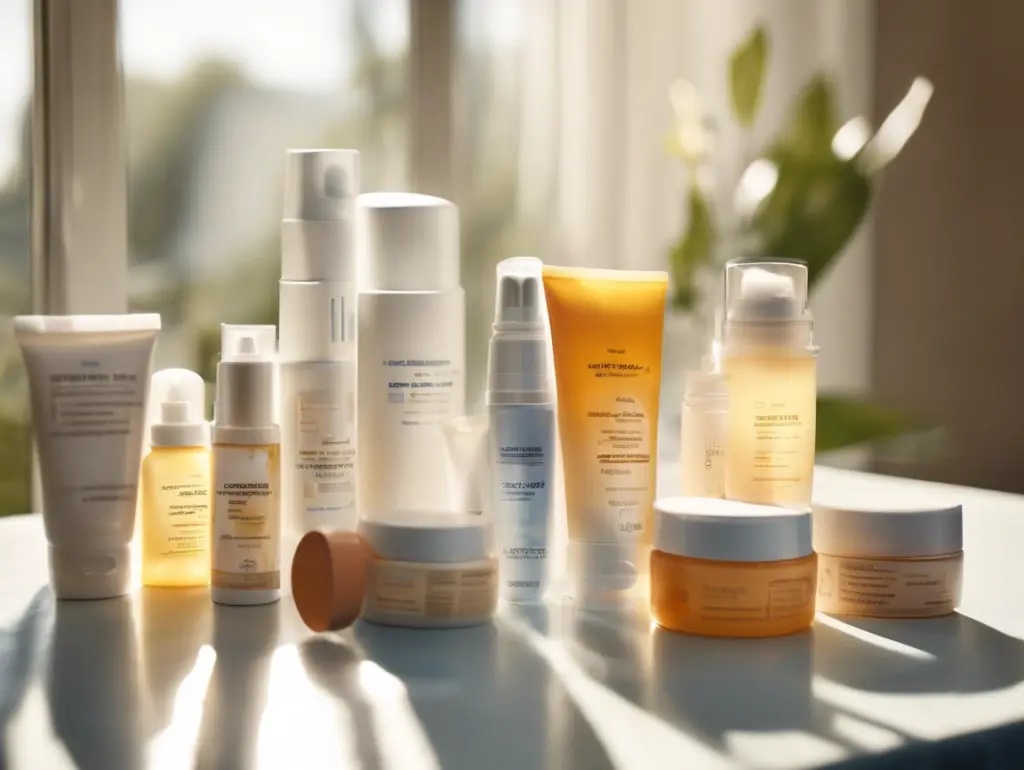Sunscreen is essential for protecting your skin from the harmful effects of ultraviolet (UV) radiation. But not all sunscreens are created equal—and not every product suits every situation. Selecting the right sunscreen depends on your skin type, environment, and daily routine. Here’s what you need to know to protect your skin effectively—without overdoing it.
1. Higher SPF Isn’t Always Better
Many people believe that the higher the SPF (Sun Protection Factor), the better the protection. While a higher SPF does block more UVB rays, it also tends to be heavier and more irritating, especially for sensitive skin. That’s why it’s more important to choose a sunscreen with appropriate protection, not just the highest number on the label. A lightweight SPF 30 may be far more practical (and comfortable) for daily use than a greasy SPF 100.
2. Indoors? You Might Not Need It—But Watch for Sunlight
Standard indoor lighting emits very little UV radiation, so applying sunscreen indoors is usually unnecessary. However, UV rays can penetrate glass. If you’re spending time near sunlit windows or in a sunroom, applying sunscreen—even indoors—can help prevent long-term damage.
3. How Much Sunscreen Should You Use?
To get the advertised protection, sunscreen should be applied generously—about 2 milligrams per square centimeter of skin. That’s roughly the size of a nickel coin (U.S. currency) for the face. Don’t be shy: a thin layer isn’t enough. Apply a visible, even layer and let it settle before layering on other products.
4. Struggling With Heavy or Chalky Texture?
If your sunscreen feels heavy, sticky, or leaves a white cast, you’re not alone. These issues often come from physical sunscreens that use powder-based scattering agents like zinc oxide or titanium dioxide. These particles scatter UV light, but they can also leave your skin feeling dry or look unnaturally pale—especially if the formula contains nano-sized particles.
For example:
- Start with a lightweight gel or fluid sunscreen.
- Add a sunscreen-containing foundation or BB cream afterward.
- Use a primer-style sunscreen before makeup to improve adherence and finish.
Remember: tinted moisturizers or BB creams with SPF are not enough on their own—they’re designed to be applied thinly and may not provide full UV coverage.
5. What About Spray Sunscreens?
Spray sunscreens may seem convenient, but they come with serious downsides. The aerosol particles can be inhaled, which may pose risks to your respiratory system. Plus, the active ingredients are often diluted with propellants, reducing the actual coverage on your skin. Unless you have no other option, stick to creams, gels, or sticks.
6. Removal Matters as Much as Application
Applying sunscreen is only half the story. If you don’t remove it properly, residual sunscreen can clog your pores, leading to oily skin, sensitivity, and even acne (blackheads and whiteheads). Over time, this can accelerate skin aging.
Sunscreen is oil-based, so simply washing your face with water or a foam cleanser might not be enough. For thorough removal:
- Start with an oil-based cleanser like a cleansing balm, milk, or oil.
- Follow up with a gentle foaming cleanser for a second cleanse.
This double cleansing method helps keep your skin clean, breathable, and healthy.
Final Thoughts
Sunscreen is one of the most powerful tools in skincare, but using it wisely is key. Know your skin. Know your routine. And remember: the right product, applied and removed properly, will do far more than the strongest SPF used carelessly.
